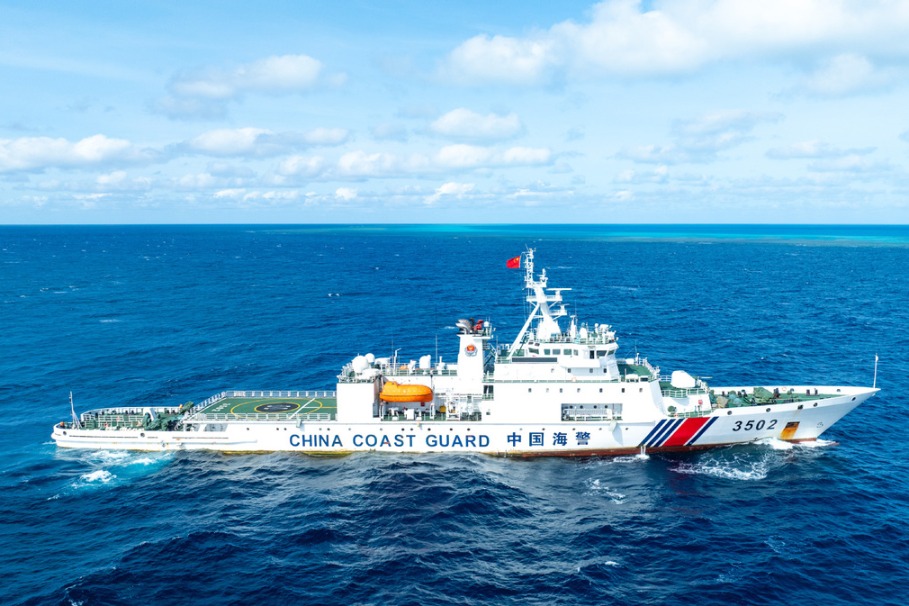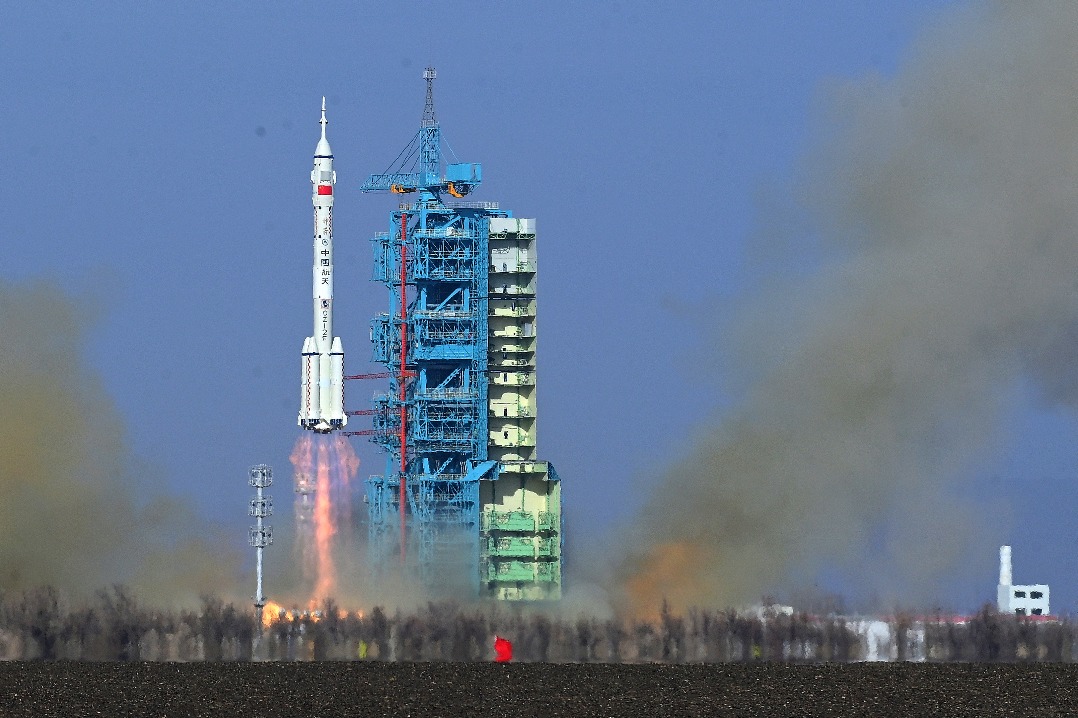National Games fuel cross-boundary travel in GBA

Passenger volumes at Shenzhen ports, Guangdong province, reached 240 million as of Sunday, surpassing the total recorded in 2024, with the recently concluded 15th National Games held in the Guangdong-Hong Kong-Macao Greater Bay Area fueling cross-boundary travel and regional integration.
According to the Office of Port of Entry and Exit of the Shenzhen Municipal People's Government, average daily passenger volumes at Shenzhen's land ports on weekends during the sports event rose by more than 30 percent compared with previous weekends.
More than 1 million cross-boundary trips were made on Nov 15, when the first cross-boundary marathon in the National Games' history was held, with athletes running across the 5.5-kilometer bridge connecting Shenzhen and Hong Kong.
"There were substantial two-way movements between Hong Kong and the mainland by visitors attending the event, highlighting a more diverse passenger demographic," said Yu Jingang, deputy director of the land checkpoint division at the port authority.
"The trend reflects the growing integration of the Greater Bay Area, where multiple cities are increasingly integrating to resemble a single urban center."
To prepare for the surge in visitors during the National Games, the port authority introduced tailored measures to streamline cross-boundary clearance, Yu said.
For instance, it coordinated with 15 departments in Shenzhen and Hong Kong to form a dedicated task force and designated Shenzhen Bay Port and West Kowloon Station Port as special ports for the event, creating specific lanes for passenger inspection and vehicle clearance with clear signage for efficient navigation.
To improve communication for overseas visitors, artificial intelligence translation devices capable of offline translation in nine languages and online translation in 144 languages were installed at seven land ports in Shenzhen.
Additionally, 976 bilingual Chinese-English signs were placed along main roads, while Shenzhen Bay Port and Luohu Port introduced multilingual signage in four languages to offer clearer guidance for travelers.
"Our efforts to promote smart clearance have also contributed to smooth cross-boundary travel during the National Games," Yu said.
Facial-recognition clearance has been implemented at Shenzhen ports, with one in four travelers using the system, allowing them to complete the process in as little as 10 seconds.
Travelers from Guangdong and Hong Kong praised the enhanced cross-boundary experience, noting significant improvements in convenience and efficiency.
"The integration of services in the Greater Bay Area has transformed the travel experience. I can easily move between cities without hassle. Being able to complete the clearance process in just a few seconds makes me feel valued as a traveler," said a woman surnamed Yuan from Huizhou, Guangdong province, who took her daughter to visit Hong Kong Disneyland.
A Hong Kong resident surnamed Chan, who traveled to Shenzhen to watch a badminton competition, said the ease of crossing the boundary made attending events at the National Games "so enjoyable".
"It truly feels like we are one community now. The fast clearance process allows me to focus on the experience rather than the logistics, and it's exciting to see how the Greater Bay Area is integrating," he said.





































